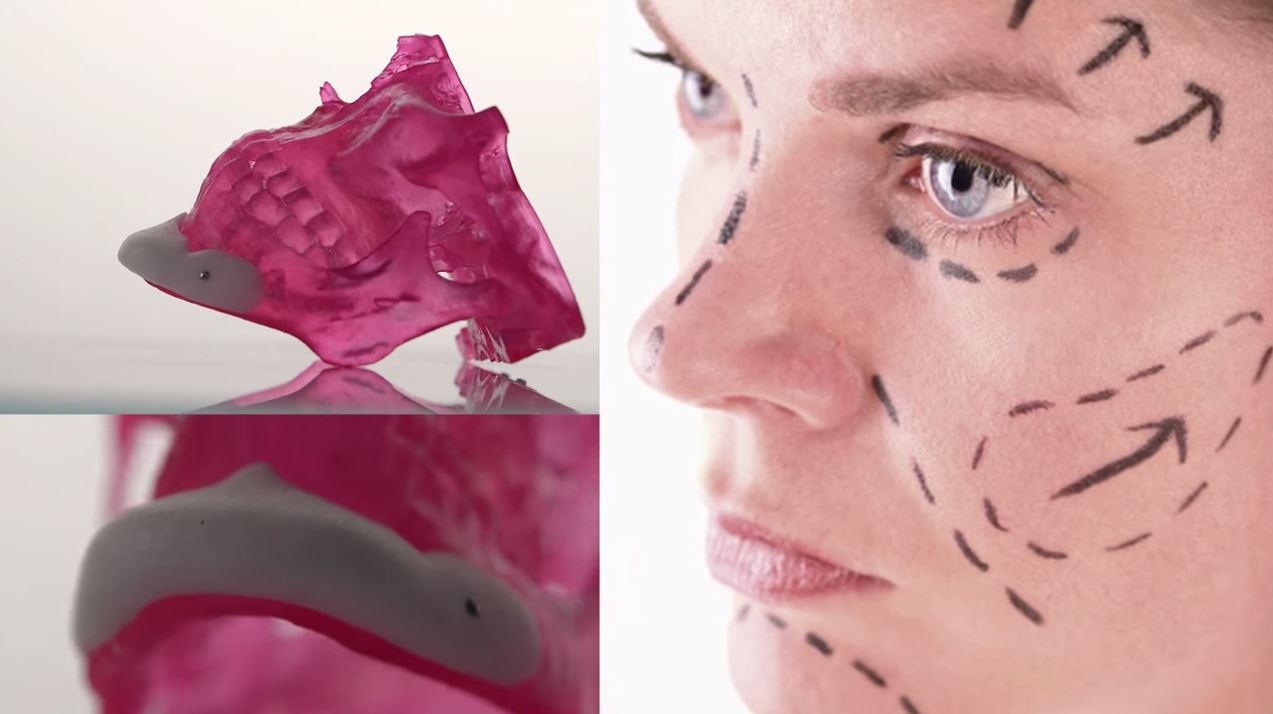 This story is part of our spotlight series on #CSIROhealth. From apps to 3D printing, global epidemics to preventative wellbeing, we’re working in many ways, across many industries, to keep you healthy. More on our website.
This story is part of our spotlight series on #CSIROhealth. From apps to 3D printing, global epidemics to preventative wellbeing, we’re working in many ways, across many industries, to keep you healthy. More on our website.
Plastic surgery is a booming business in Australia. In fact, we spend over $1 billion each year on surgical procedures and treatments, with liposuction, breast augmentation and rhinoplasty topping the list.
While many patients simply want to change their appearance or chase the fountain of youth, plastic surgery can make the biggest difference to people who are recovering from trauma, or who are suffering from other debilitating medical conditions.
For those that have been in a road or industrial accident, or who have had a cancerous tumour removed, reconstructive surgery can return function to affected body parts, boost confidence and put patients on the path to full recovery.
That’s why we’ve partnered with Australian medical devices company Anatomics to develop better surgical implants that can be used in these types of procedures. Last year we worked together to 3D print a titanium heel bone implant, saving cancer sufferer Len Chandler’s leg and making headlines around the world.
Now, we’ve helped Anatomics develop a new type of polyethylene (plastic) implant, specifically designed for repairing and augmenting bones in the head, skull and face.

These new implants can repair and augment bones in the head, skull and face.
These new implants can repair and augment bones in the head, skull and face.
This new implant is called PoreStar, named after the star shaped particle used in its manufacturing process, to create a porous structure. PoreStar is the first in a new class of implant material with bone like architecture. Unlike other implants, PoreStar has an open pore structure that resembles real bone.
“To create this implant we took a known material in polyethylene which has a history of being approved for use in the human body,” Dr Mike O’Shea from our biomedical manufacturing team says.
“We then took some inspiration from manufacturing processes that are used in different industries. We drew on our knowledge in structural fibres, moulding and biomedical scaffolds.”
The star-like particles of PoreStar more closely resemble trabecular bone.
By bringing together all of this expertise, the team was able to develop a product that had higher porosity, giving it improved malleability and flexibility. This means that surgeons can actually shape and mould the implants in the operating theatre.
Anatomics CEO Andrew Batty says the implants are designed from 3D CT scans, meaning they are customised for individual patients, which can improve surgical outcomes.
“It’s rewarding being able to develop a product that has the potential to help so many people around the world.”
“What’s more, we’ve really been able to tap into the local industry. Thanks to this new product, we were able to set up a manufacturing facility for the implants right here in Melbourne.”
Building on this success, the team is now looking toward the opening of the Biomedical Materials Transformation Facility a $46 million initiative that will bring together CSIRO, Monash University and 20 industry partners to focus on taking biomedical products from the bench to prototype, and ultimately to market.
Learn more about our work in biomedical manufacturing on our website.


